By G. Paul Garson
The evolution of Third Reich uniforms followed from a long history of European uniforms in general and Imperial German uniforms in particular. It is acknowledged that the varied apparel worn by the German armed forces is, and has been, the most popular focal point of interest in the entire field of uniform history.
In that highly militarized society, some 20,000,000 Germans, both men and women (and even children), donned a uniform of one kind or another during the 12-year reign of the Third Reich. The dramatic designs of Nazi-era uniforms were created in a wide assortment of styles and colors and, in great part, helped to project and promote the image of Nazi Germany as a powerful nation––a nation to be feared and respected. (Read more about the Nazi rise to power inside the pages of WWII History magazine.)
The pantheon of medals, badges, pins, ribbons, and other emblems literally “advertised” the prowess and achievements of their wearers. Third Reich uniforms apparently often had a direct effect on the individual wearing the uniform. In many cases, they seem to transform ordinary men and women into personifications of the State and the ideology it represented.
Well, it was so theatrical. You know, I guess pure evil … whoever designed the Nazi’s uniforms was a theatrical genius. And the German cause was pure evil, that’s all there was to it. I don’t think there’s been another war like that.
—Kurt Vonnegut
[slideshow]
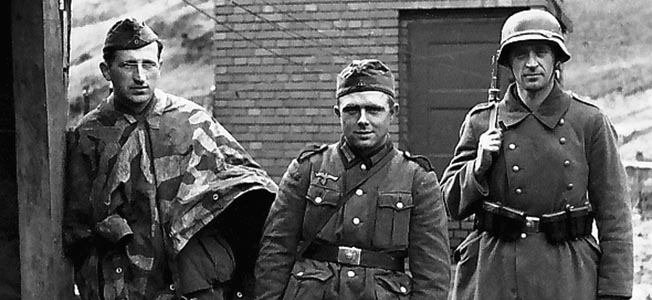
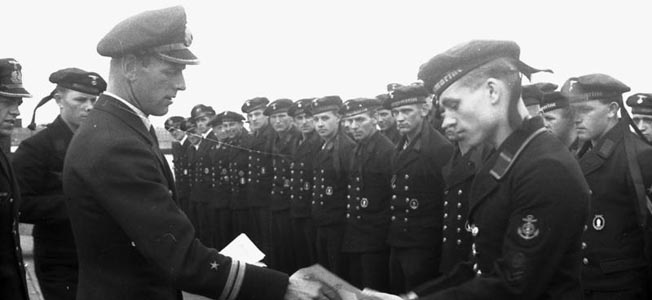
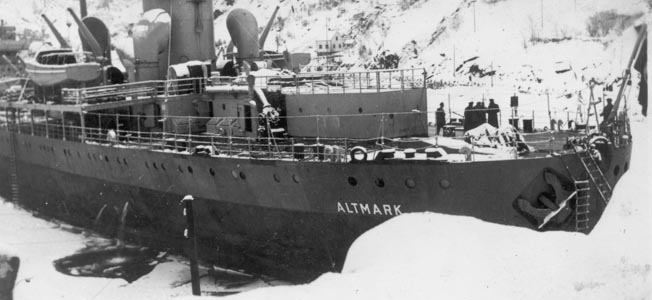
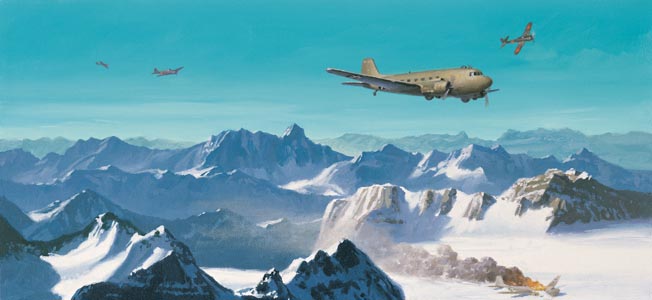
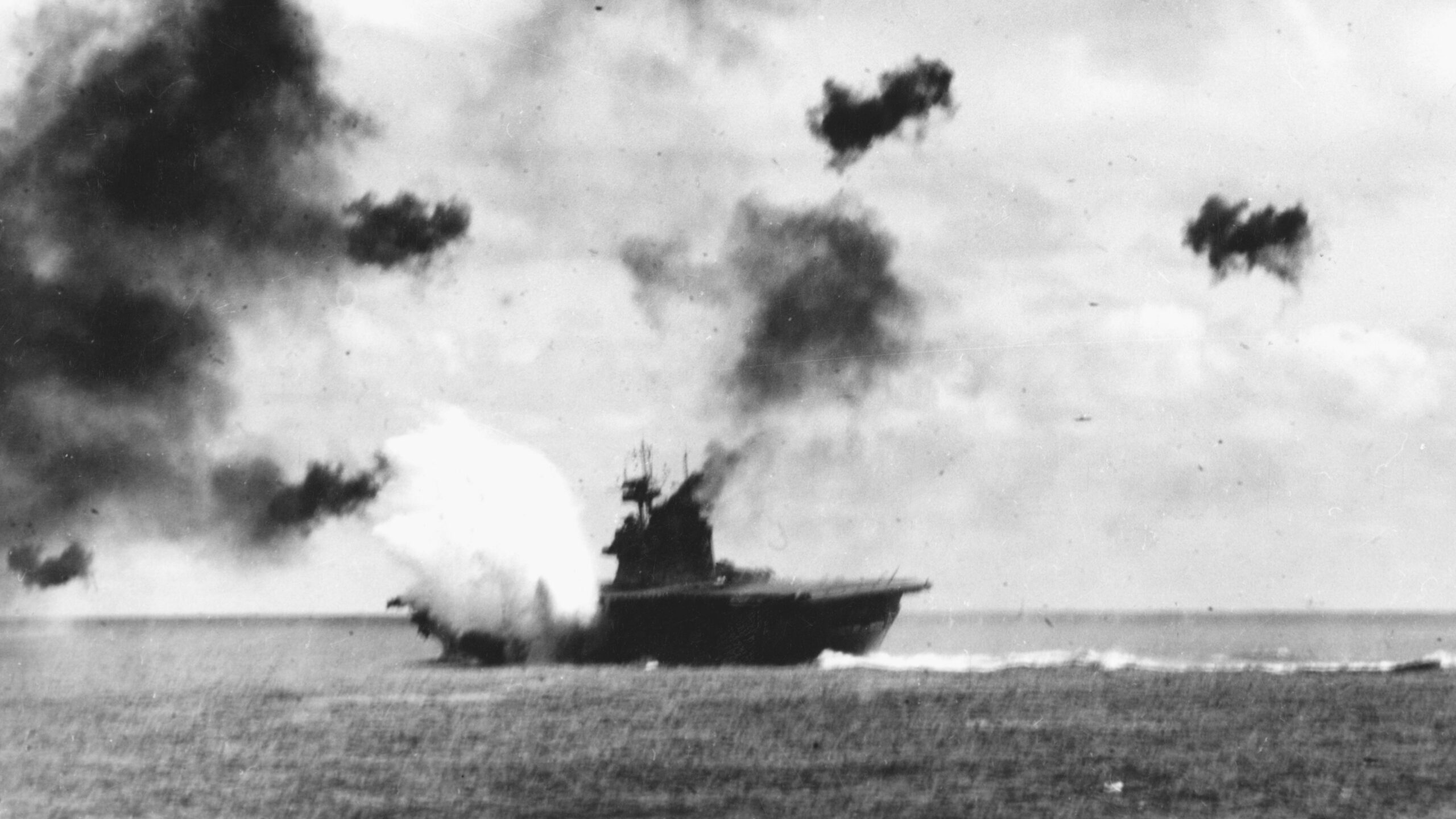
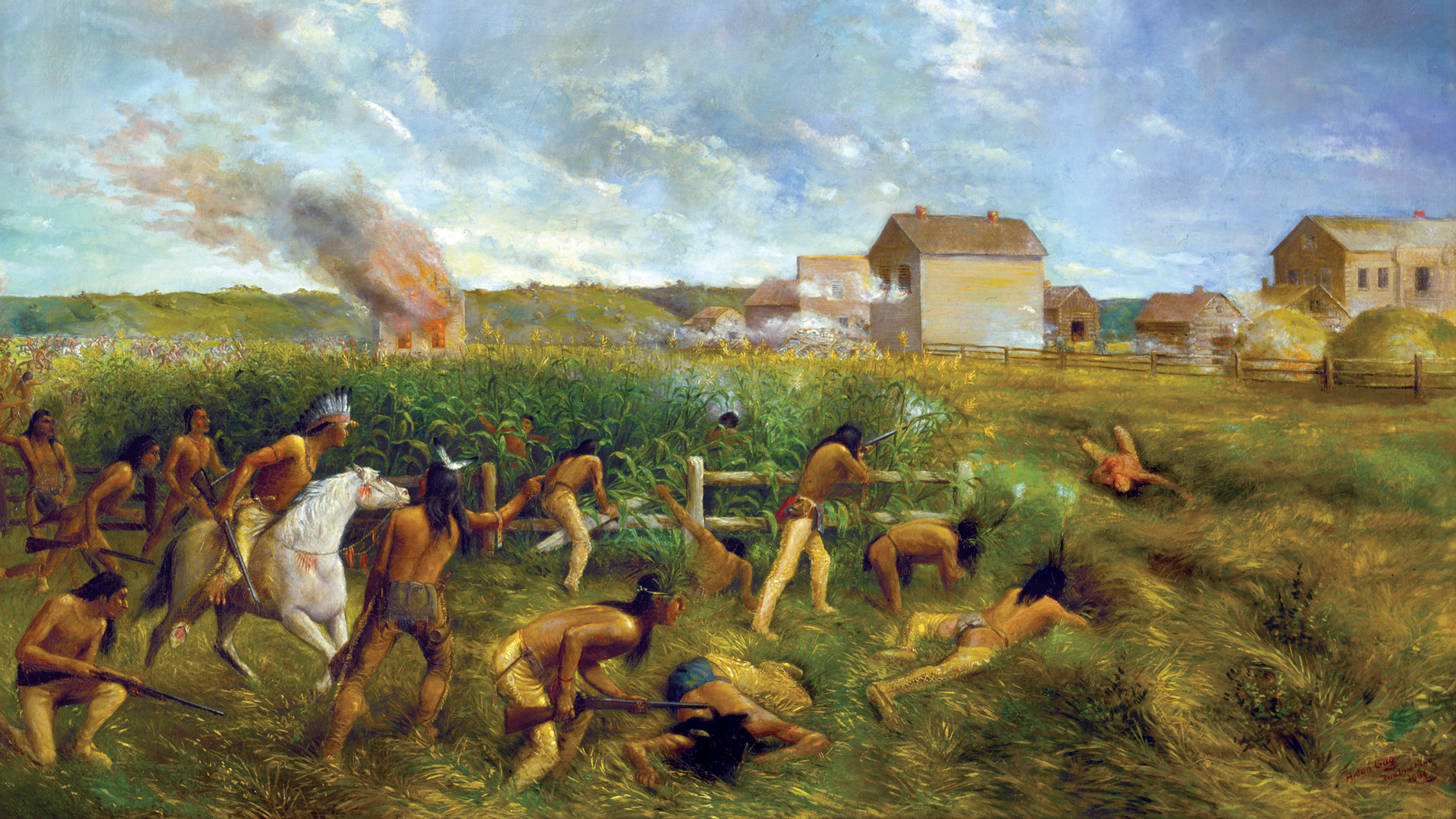
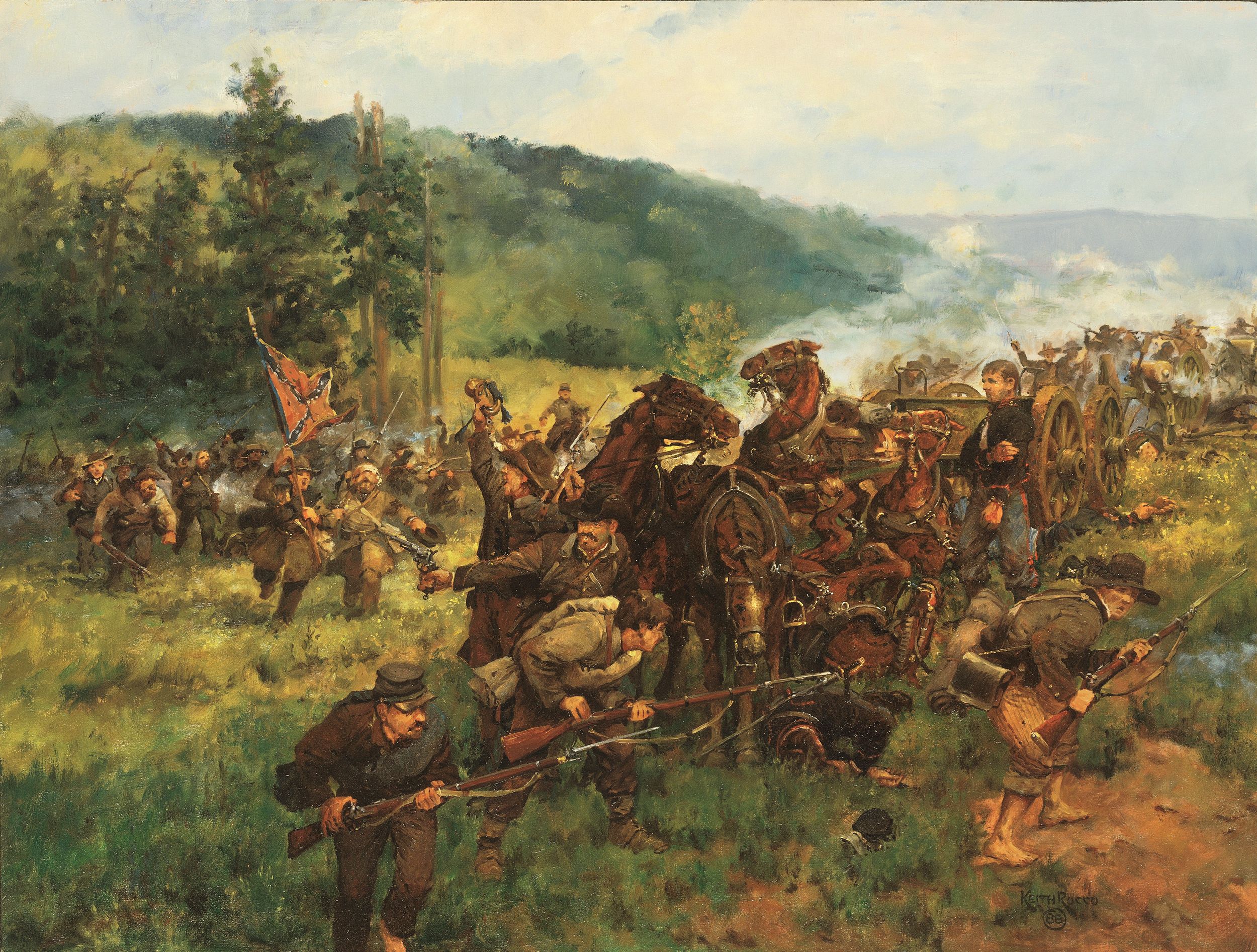
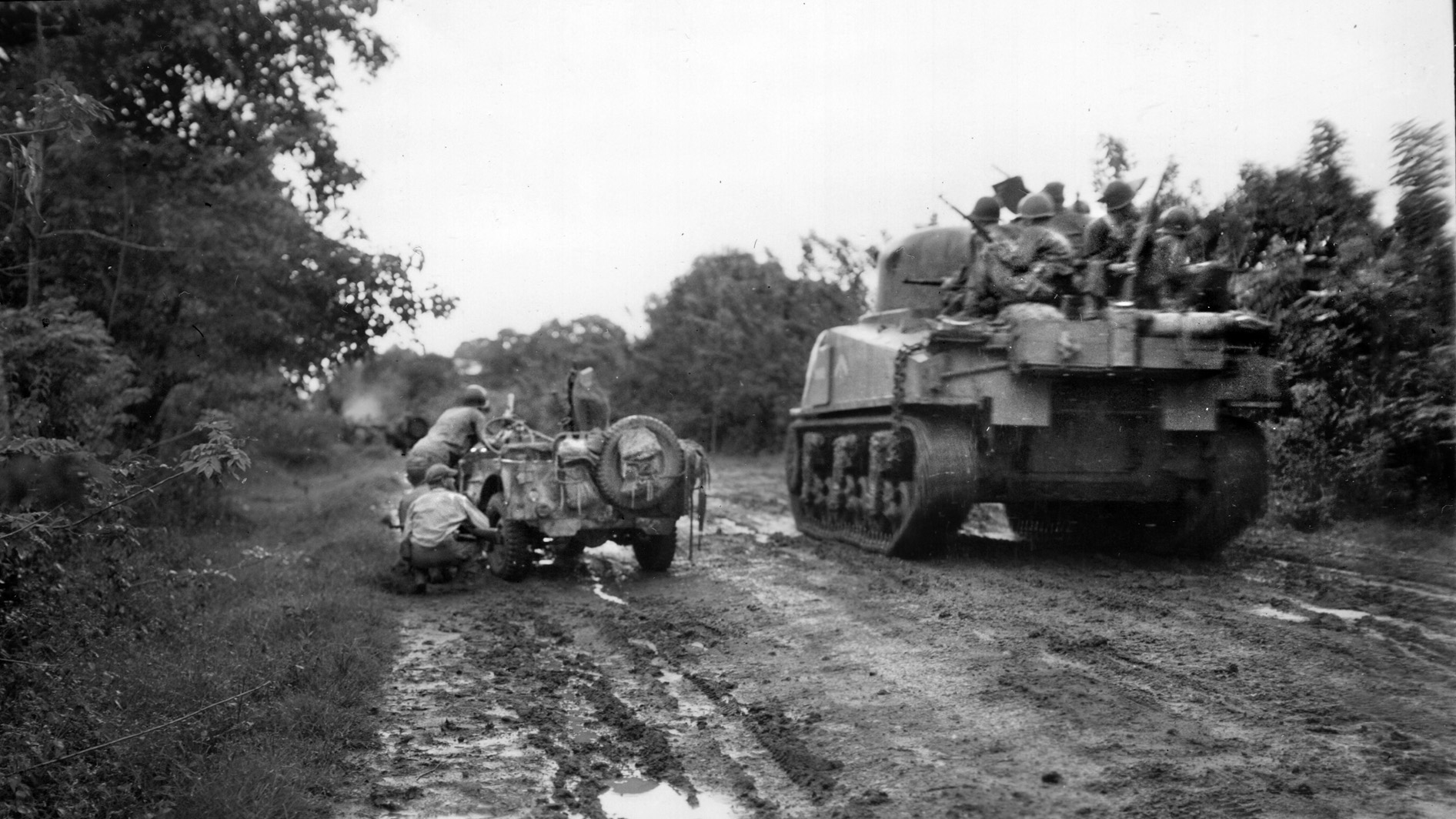
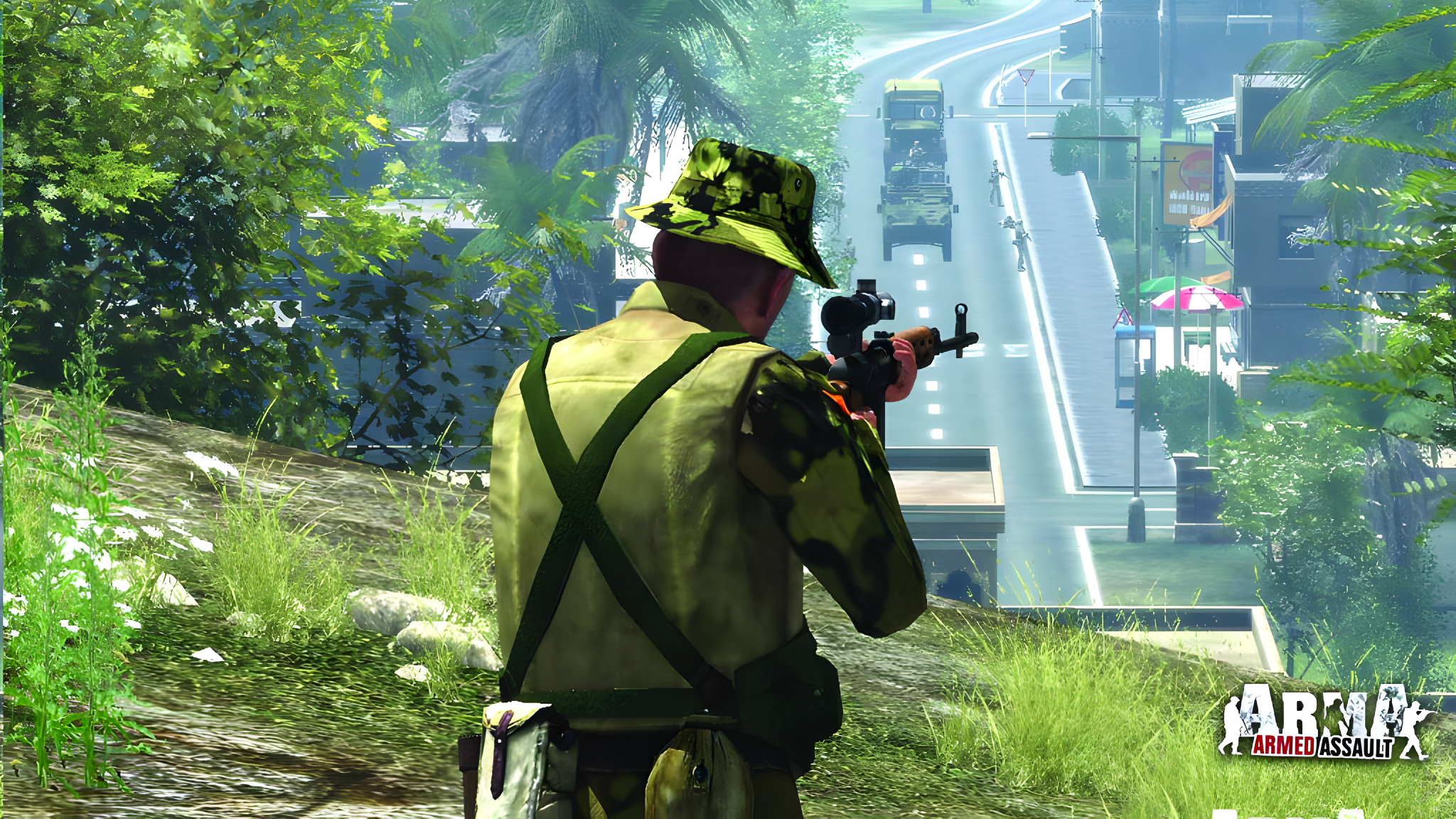
Join The Conversation
Comments
View All Comments